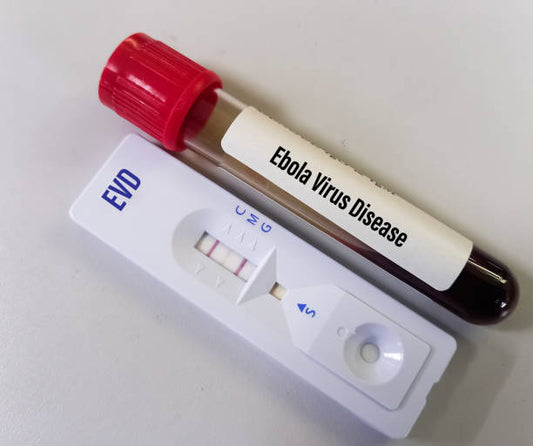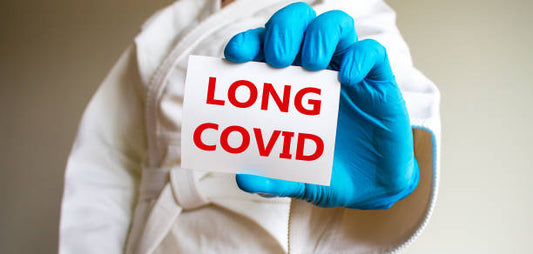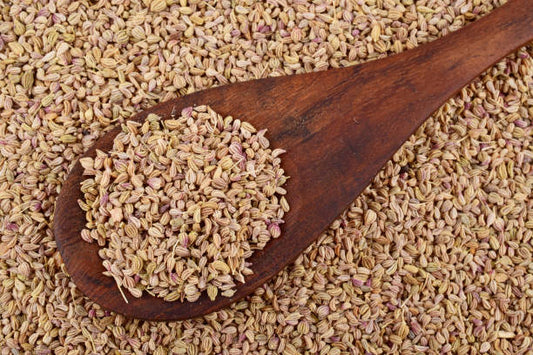Folic Acid, also known as vitamin B9 or folate, is a water-soluble vitamin that plays a crucial role in various bodily functions, including the synthesis of DNA, cell division, and the formation of red blood cells. It is an essential nutrient that the body needs for proper growth and development.
Uses of Folic Acid:
Folic Acid is primarily used to:
- Pregnancy Support: During pregnancy, it helps prevent neural tube defects in the developing fetus.
- Anemia Treatment: Treat folate-deficiency anemia by supporting the production of red blood cells.
- Cardiovascular Health: Contribute to cardiovascular health by reducing homocysteine levels.
How Folic Acid Works:
Folic Acid is converted into its active form, tetrahydrofolate, in the body. Tetrahydrofolate is involved in numerous biochemical reactions, including the synthesis of DNA and RNA. Adequate levels of folic acid are crucial for normal cellular function and development.
Benefits of Folic Acid:
- Neural Tube Defect Prevention: Reduces the risk of neural tube defects, such as spina bifida, in the developing fetus during pregnancy.
- Anemia Support: Aids in the production of red blood cells, preventing folate-deficiency anemia.
- Cardiovascular Health: Helps maintain normal homocysteine levels, supporting cardiovascular health.
Dosage and Administration:
- Dosage varies based on individual needs, age, and specific health conditions.
- Folic Acid is commonly available in supplement form and is also found in certain foods.
- Pregnant individuals often require higher doses, as advised by healthcare professionals.
Side Effects of Folic Acid:
While generally well-tolerated, Folic Acid may cause side effects, including:
- Common effects: Nausea, bloating, and flatulence.
- Less common effects: Allergic reactions, rash, or confusion.
- Report any severe or persistent side effects to a healthcare professional.
Precautions:
- Inform healthcare providers about existing medical conditions or medications.
- High doses of Folic Acid may mask symptoms of vitamin B12 deficiency; monitoring is necessary, especially in older adults.
Interactions:
- Folic Acid may interact with certain medications, including anticonvulsants and methotrexate.
- Inform healthcare providers about all over-the-counter and prescription medications being taken.
Warnings:
- It's crucial for pregnant individuals to take the recommended amount of folic acid to prevent neural tube defects.
- Individuals with a history of allergic reactions to folic acid or its supplements should exercise caution.
- High doses of folic acid may interfere with certain laboratory tests; inform healthcare providers if taking supplements.
It's important to note that this information is general, and specific details can vary. Always consult with a healthcare professional for personalized advice before using Folic Acid or any supplement.
References:
- MedlinePlus - "Folic Acid": medlineplus.gov/druginfo/meds/a604003.html
Author: Nikita Vishnoi BCA












